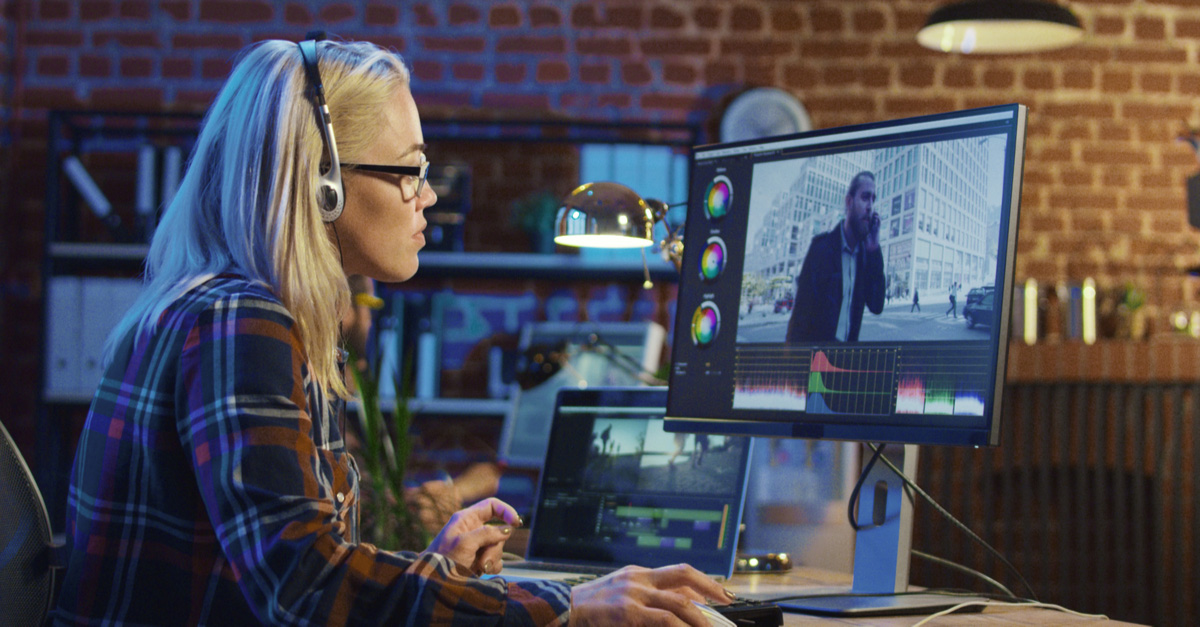When we talk about filmmaking professionals like Editors and Composers, it’s important to note that they often will have other post-production professionals working alongside and supporting them during the course of a project. When it comes to visual effects, those numbers can grow exponentially.
Consider a film like The Avengers. When looking at the closing credits of that film, you will see dozens, if not hundreds, of names of individuals who all in some way worked on the visual effects for the film.
Now superhero movies may rely more on visual effects than your average film, but the point stands that this element of filmmaking in general and specifically in the post-production process has become a fundamental part of it.
Though visual effects are considered part of the post-production process, it’s very possible depending on the needs of the movie that they too will start to be generated before the film has completed principal photography.
This is because it will have already been decided during pre-production what shots can be done on location or on a sound stage and what shots need to be created through computer-generated imagery. More often than not, it’s a combination of the two.
Visual effects are also highly time-intensive to make, which is why some productions might get a jump start on them while still filming a movie.
